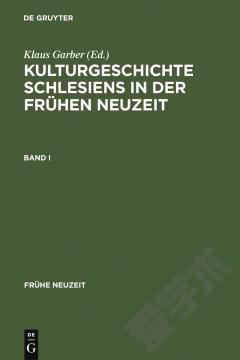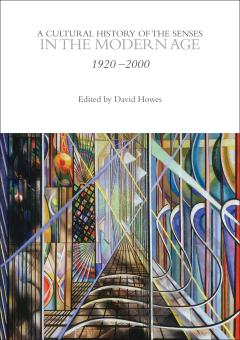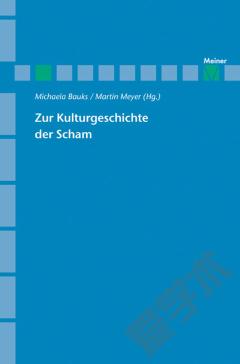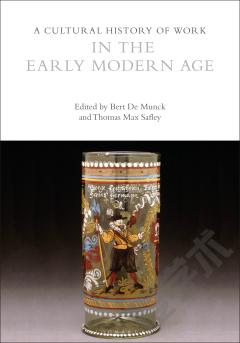Kulturgeschichte Schlesiens In Der Frühen Neuzeit
This publication is the last in a five-part series devoted to Pomerania, East Prussia, the Baltic, West Prussia, and Silesia. From the second half of the 16th century to the early 18th century, Silesia was the leading cultural landscape in the old German-speaking world. The articles in this volume set out to explain why this should have been the case. As in the preceding volumes, codicologists, literary scholars, historians, theologians, musicologists, and art historians, notably from Germany and Poland, have joined forces in an attempt to cast light on the reasons for Silesia's creative and innovative potential in the early modern age. The volume is designed to memorialize these achievements. It is devoted to intellectual developments between late humanism and the Enlightenment in a connective cultural landscape that Europe has every reason to preserve and commemorate.
{{comment.content}}








 京公网安备 11010802027623号
京公网安备 11010802027623号